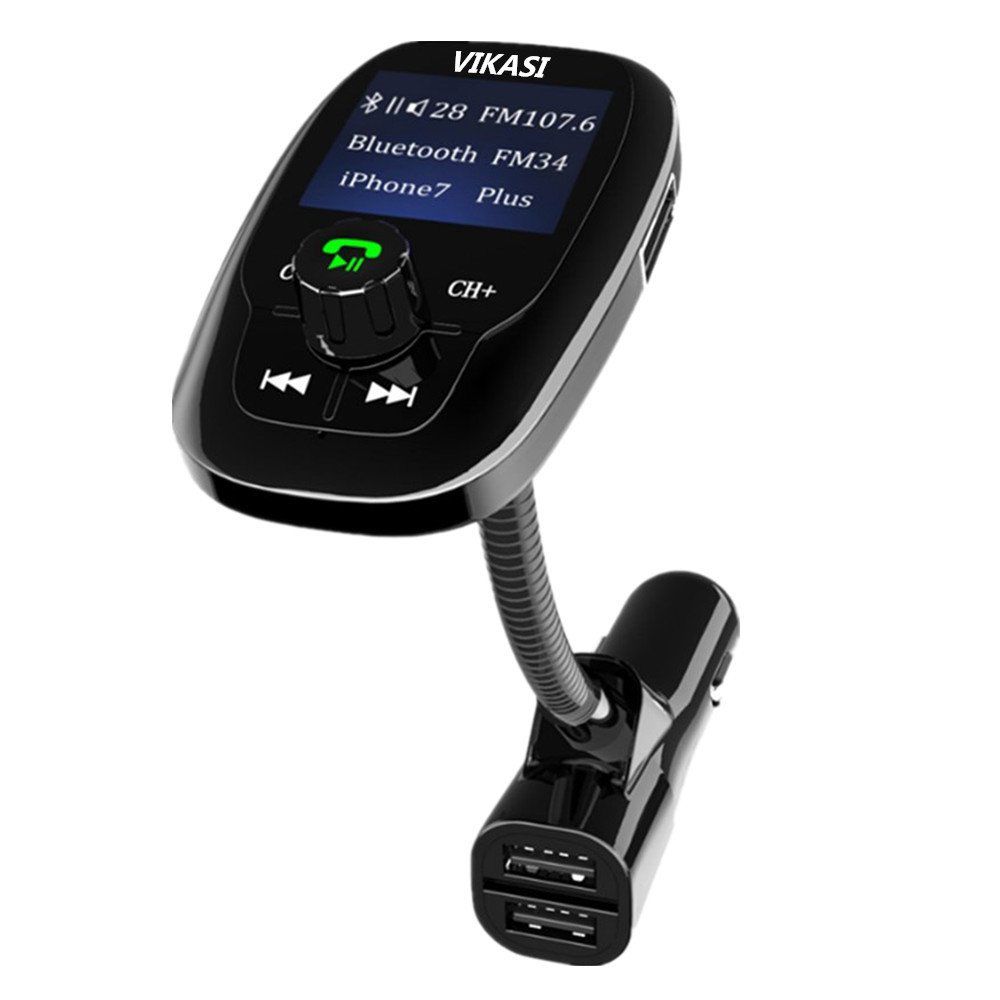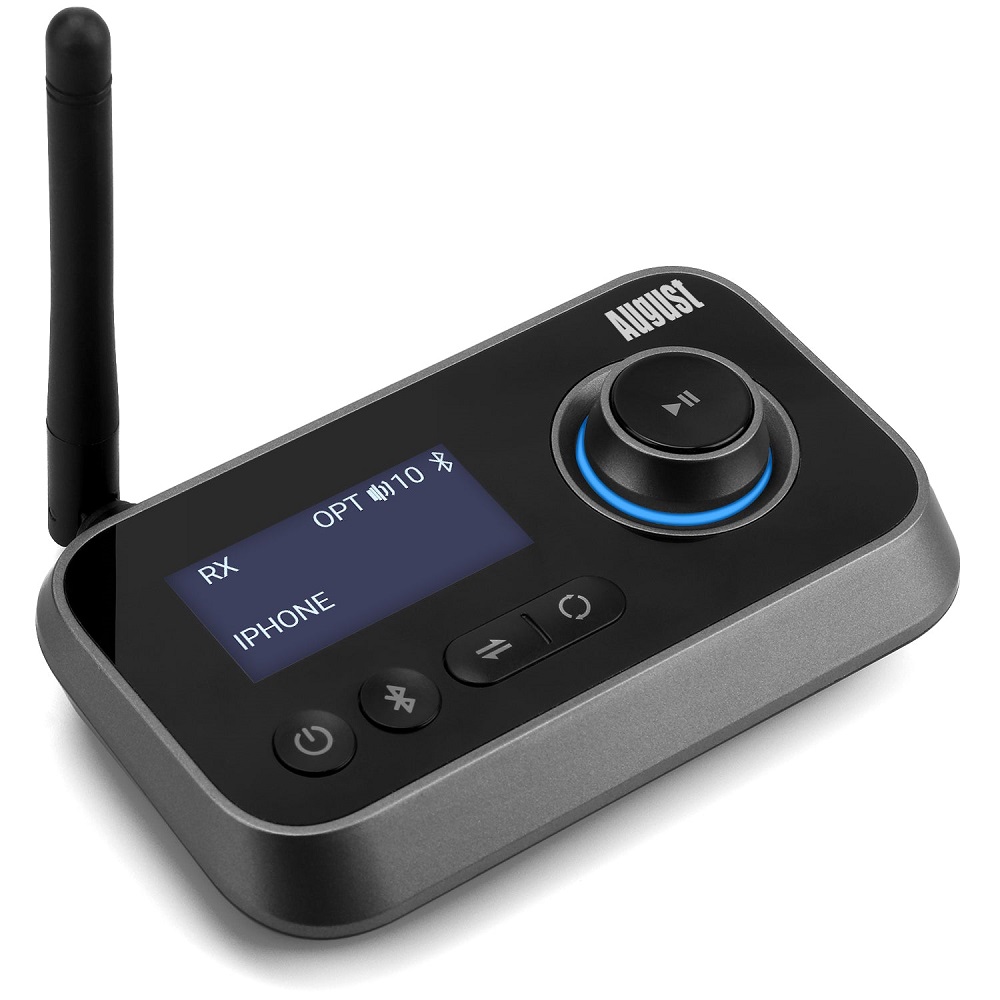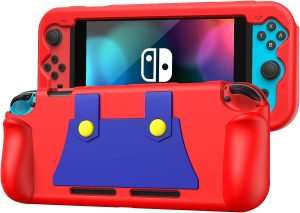In our increasingly wireless world, Bluetooth technology has become a go-to solution for connecting various devices. Whether you want to stream music from your phone to your car stereo or connect your TV to headphones, a Bluetooth transmitter can make it happen. However, choosing the best Bluetooth transmitter for your specific needs can be daunting, given the myriad options available. This guide will walk you through key factors to consider, ensuring that you select the right Bluetooth transmitter to fit your lifestyle and devices.
Understanding Bluetooth Transmitters
What Is a Bluetooth Transmitter?
A Bluetooth transmitter is a device that allows non-Bluetooth enabled devices to communicate with Bluetooth devices. It acts as a bridge, converting audio signals from devices like TVs, computers, or MP3 players into Bluetooth signals. This enables wireless audio streaming to headphones, speakers, or sound systems. As an essential gadget for anyone looking to upgrade their technology without replacing existing equipment, these transmitters facilitate sound quality and convenience.
How Do They Work?
Bluetooth transmitters function by receiving audio signals through a wired connection, such as a 3.5mm audio jack or optical input. Once the audio is converted to a Bluetooth signal, it connects to your Bluetooth-enabled device, such as headphones or speakers. Most transmitters offer a range of operational distances, typically between 30 to 100 feet, depending on the model and environment. The effective range allows flexibility in movement, letting you enjoy audio without being tethered to a device. Understanding how these transmitters operate may also help you troubleshoot any issues you encounter during use.

Key Features to Consider
Audio Quality
When selecting a Bluetooth transmitter, sound quality should be your top priority. Many transmitters support advanced codecs like aptX and AAC, which deliver better audio performance. aptX, for example, minimizes audio lag, making it ideal for watching movies or playing games. This is crucial when clear audio timing can be the difference between an immersive experience and frustration. If you value high-fidelity sound for music, look for models that specifically mention support for these advanced codecs. Some budget options might not support these higher-quality audio formats, leading to disappointing sound performance and potentially impacting your overall enjoyment of the audio experience.
Range and Connectivity
The range of a Bluetooth transmitter plays a crucial role in how you use it. If you plan to use it in a large area or want to move around without losing the connection, consider transmitters with extended range capabilities. Most models offer a Bluetooth range of about 30 feet, but more advanced ones can reach up to 100 feet in open spaces. This flexibility is especially useful in larger rooms or outdoor settings. Additionally, check for dual connectivity options, which allow you to connect to two devices simultaneously, such as headphones and speakers. This feature adds versatility and convenience, enabling you to switch between devices without reconnecting each time, making life simpler and more enjoyable.

Compatibility with Your Devices
Assessing Device Compatibility
Before making a purchase, ensure that the Bluetooth transmitter is compatible with the devices you own. Most transmitters connect via a 3.5mm aux jack, but some models may require optical inputs or USB ports. If you plan to use the transmitter with a specific device, such as a TV or sound system, check the input options to determine compatibility. A quick review of user manuals or product specifications can save you future headaches. Understanding compatibility helps you avoid disappointment after purchase and ensures that you can set up your system without hiccups.
Operating Systems and Codecs
Consider the operating systems of the devices you plan to use. Some transmitters work optimally with certain operating systems—like iOS or Android—so it’s essential to ensure compatibility. Furthermore, investigate the codecs supported by both your transmitter and Bluetooth device. For instance, if you want to connect to high-quality headphones that support aptX, your transmitter must offer aptX support as well. Knowing the codecs and potential limitations of the devices can make a significant difference in your listening experience, allowing you to maximize the audio quality you receive.

Portability and Design
Size and Weight
If you want a Bluetooth transmitter for on-the-go use, consider its size and weight. Ultra-compact models fit easily in your pocket or bag, making them great for travel. For instance, some transmitters are smaller than a credit card, allowing for hassle-free transport. Some models even come with clips or straps for convenient attachment to clothing or bags, allowing for hands-free use during outdoor activities or commutes. This portability factor is crucial for individuals who travel frequently or want to enhance their listening experience on the move.
Build Quality and Durability
The build quality of the transmitter is crucial, especially if you plan to take it with you frequently. Look for devices made from durable materials, as these are less likely to suffer damage from falls or bumps. Many of the best transmitters come encased in sturdy plastic or even metal housing, lending them a more robust feel. Water-resistant models may also be advantageous for outdoor use, adding an extra layer of safety against elements. By choosing a well-built unit, you set yourself up for long-term satisfaction and performance.
Battery Life and Power Options
Battery Capacity
Evaluate the battery life of the Bluetooth transmitter, especially if you plan to use it for extended sessions such as long road trips or movie nights. Most models offer anywhere from 8 to 30 hours of battery life on a single charge. For frequent users, a longer battery life means less time worrying about recharging and more time enjoying your audio. Consider how often you’ll need to charge the device, especially if you intend on using it for extended hours.
Charging Options
Consider how the transmitter charges and how long it takes to recharge. Some models come with USB-C charging, which is faster and more convenient, while others may stick to older USB standards. If you plan to use the transmitter continually, check for features like pass-through charging that let you use the device while it charges. This feature can be a game-changer for ensuring uninterrupted audio enjoyment, particularly during long sessions where you may forget to recharge before starting.

Price Range and Budget
Finding a Good Balance
Bluetooth transmitters come in a wide range of prices, usually from 20toover100. While budget-friendly options often work well for casual listening, more expensive models tend to offer better audio quality, range, and features. Determine what features are most important to you and set a budget accordingly. It’s often worth investing a bit more for a model that offers durability and better performance, especially if you need it for daily use. Ensure to create a checklist of your must-have features, which will guide you in your purchasing decisions.
Reading Reviews
Before finalizing your purchase, read user reviews to get an idea of the real-world performance of the transmitter you’re considering. Look for reviews that highlight sound quality, ease of use, and durability. User feedback can provide insight into whether a product lives up to its claims and meets your specific needs. Customer reviews can often reveal pitfalls or strengths that specifications alone may not disclose, helping you make a more informed choice.
Installation and Ease of Use
Quick Setup and Connectivity
Choose a Bluetooth transmitter that boasts easy installation and connectivity features. Some models come with plug-and-play functionality, allowing you to start streaming audio quickly. If the transmitter requires software installation or complex settings, it may become frustrating to use, especially for those who are less tech-savvy. Products designed with user experience in mind often feature larger buttons, clearer labeling, and straightforward setup instructions.
User-Friendly Controls
Check for user-friendly controls and interface options. Simple buttons for pairing, volume adjustment, and playback can make a significant difference in the overall experience. An LED indicator light can also help you clearly see the status of the device, whether it’s powered on, in pairing mode, or connected to a device. Features like these enhance usability, making it easier for anyone to enjoy streaming audio without flipping through the manual each time.

Conclusion
Choosing the best Bluetooth transmitter for your devices doesn’t have to be an overwhelming task. By understanding key features such as audio quality, range, compatibility, size, battery life, and ease of use, you can find a model that fits your lifestyle and needs. Evaluate your existing devices and how you plan to use the transmitter to make an informed selection.
Investing time in research will pay off when you enjoy seamless audio streaming without the hassles of wires. A well-chosen transmitter can transform your audio experience, allowing you to connect and enjoy your favorite sounds effortlessly. As technology continues to evolve, staying informed about the best options ensures you maximize your enjoyment of all things audio, creating a more fulfilling lifestyle wherever you roam.

